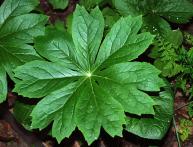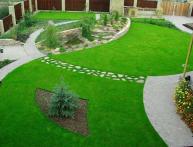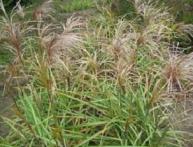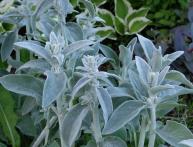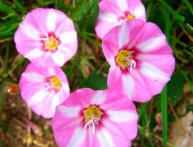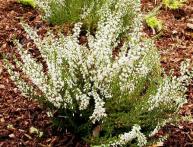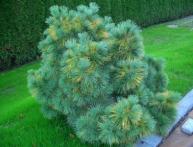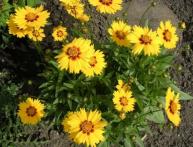Cypress spurge, almond spurge and myrtle spurge
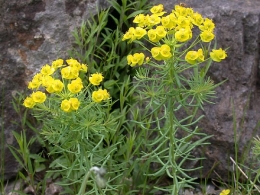
Euphorbia cypress - a herbaceous perennial plant that is widespread in the CIS, Europe, Turkey and Asia. It often grows on sloping areas, in pine forests, on hills, fields, sandy soils and in weedy places. It is a plant no higher than 30 cm in height with many thin leaves and fragrant flowers that are yellowish with a purple tint. It begins to bloom in late spring, and blooms again in the fall.
It has a very decorative appearance, so it is often planted in gardens, however, it should be taken into account that cypress spurge spreads very quickly and is then extremely difficult to remove. To keep the plant within its boundaries, it is better to plant it in a container, and also remove seedlings in time. The plant is drought- and winter-hardy and does not require frequent watering or special care.
Euphorbia almond - up to 70 cm tall perennial, which has beautiful woody leaves and light flowers, which are combined into “bouquets”. It blooms from April to May and has several varieties, some of which are used as a background for various border plants. However, you need to be extremely careful with almond milkweed - the plant is all poisonous.
Euphorbia myrtifolia grows well on stone deposits and on rocks, widespread in the Balkans, Western Mediterranean, Krumi and Asia Minor.This is a perennial deciduous - ornamental plant, which has a reddish-blue color and creeping or ascending densely leafy stems, reaching 25 cm in height.
These stems are the main decorative trump card of Euphorbia myrtifolia; it is planted on top of various retaining walls and in rock gardens. The plant blooms from May to June, is unpretentious, grows well in a sunny place, and can be propagated by seeds, division and cuttings.

